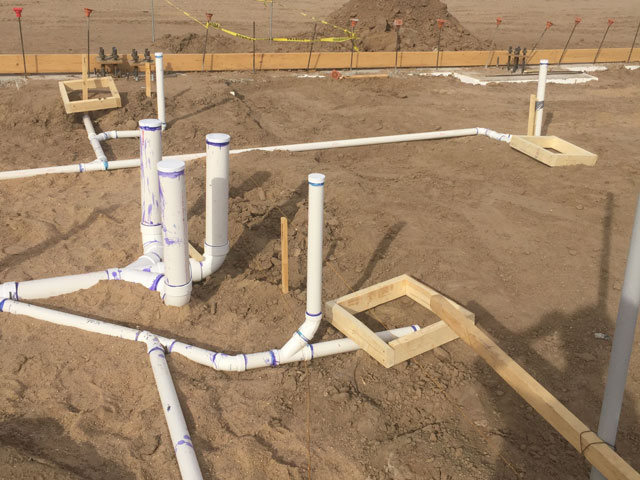In an era where technology is advancing at lightning speed, it’s easy to feel overwhelmed by the latest gadgets and gizmos. However, there’s something incredibly rewarding about crafting your own devices. Not only do DIY gadgets allow you to explore and learn about electronics and programming, but they also offer a personal touch that store-bought items can’t match. Whether you’re a seasoned tech enthusiast or just looking for a fun project, there are countless innovative DIY gadgets you can build at home. Here’s a look at some exciting and achievable projects that can bring a bit of tech magic into your life.
1. Smart Home Automation with Raspberry Pi
Raspberry Pi, a small and affordable computer, is perfect for creating your own smart home automation system. With a Raspberry Pi and some basic components, you can control lights, manage your thermostat, and even monitor your security cameras from anywhere in the world.
What You’ll Need:
- Raspberry Pi (any model will do, but the Raspberry Pi 4 is the latest and most powerful)
- MicroSD card (16GB or larger)
- Power supply
- Internet connection
- Compatible sensors and actuators (e.g., relay modules, temperature sensors)
Steps:
- Set Up Your Raspberry Pi: Install the Raspberry Pi OS on the microSD card, and set up the Pi with a monitor, keyboard, and mouse.
- Install Home Automation Software: Applications like Home Assistant or OpenHAB can transform your Raspberry Pi into a smart home hub.
- Connect Your Devices: Integrate smart plugs, lights, and sensors to control and automate various functions in your home.
- Customize and Expand: Use Python programming to create custom automations and add more devices as needed.
2. Bluetooth Speaker with Old Computer Speakers
Upcycling old computer speakers into a Bluetooth speaker is a fantastic way to breathe new life into outdated technology. This project is not only economical but also provides excellent sound quality for a fraction of the cost of new Bluetooth speakers.
What You’ll Need:
- Old computer speakers
- Bluetooth receiver module
- Soldering kit
- Basic hand tools (screwdrivers, pliers)
- Power source (battery pack or wall adapter)
Steps:
- Disassemble the Speakers: Carefully open up your old computer speakers and remove the internal components.
- Install the Bluetooth Module: Connect the Bluetooth receiver module to the speaker’s internal wiring, typically by soldering wires to the speaker terminals.
- Reassemble and Test: Secure the Bluetooth module inside the speaker enclosure, reassemble the speakers, and test them by pairing with your phone or computer.
3. DIY Electronic Weather Station
Building a weather station at home can be both educational and practical. With the right sensors, you can measure temperature, humidity, and even atmospheric pressure, and then display this data on a screen or send it to the cloud.
What You’ll Need:
- Arduino or similar microcontroller
- Weather sensors (temperature, humidity, pressure)
- LCD or OLED display
- Breadboard and jumper wires
- Basic programming skills
Steps:
- Connect the Sensors: Wire the temperature, humidity, and pressure sensors to your microcontroller.
- Program the Microcontroller: Write code to read data from the sensors and display it on the screen or send it to a web server.
- Calibrate and Mount: Calibrate your sensors and mount the weather station in a suitable location, ensuring it’s protected from the elements.
4. Automated Plant Watering System
If you have a green thumb or simply enjoy having plants around, an automated plant watering system can take the guesswork out of plant care. This gadget can monitor soil moisture levels and water your plants as needed.

What You’ll Need:
- Arduino or Raspberry Pi
- Soil moisture sensor
- Water pump or solenoid valve
- Relay module
- Tubing and reservoir
Steps:
- Set Up the Moisture Sensor: Connect the soil moisture sensor to the microcontroller to measure soil dryness.
- Connect the Water Pump: Use a relay module to control the water pump or solenoid valve, which will supply water to your plants.
- Program the System: Write code to check moisture levels and activate the pump when the soil is dry.
- Install and Test: Place the sensor in the soil, set up the water delivery system, and monitor the performance to ensure your plants are well-watered.
5. DIY Wireless Charging Pad
Building a wireless charging pad can be a fun project that allows you to charge your devices without the need for cables. This gadget uses electromagnetic induction to transfer energy from the charging pad to your phone or other compatible devices.
What You’ll Need:
- Wireless charging transmitter module
- Wireless charging receiver module (compatible with your device)
- Power source (USB adapter)
- Enclosure or casing
Steps:
- Assemble the Charging Pad: Connect the transmitter module to the power source and enclose it in a casing.
- Place the Receiver: Attach the receiver module to your device or its charging case.
- Test the System: Place your device on the charging pad to ensure it charges correctly. Adjust the positioning if needed.
Conclusion
DIY gadgets offer an incredible opportunity to explore technology hands-on, improve your problem-solving skills, and add a personal touch to your tech setup. From transforming old speakers into a Bluetooth audio system to building a fully automated plant watering system, the projects listed here provide a range of challenges and rewards. Each project not only helps you learn more about electronics and programming but also adds practical and fun gadgets to your daily life. To get more useful tips and ideas about do-it-yourself gadgets, check out the the full report for further info.
So, roll up your sleeves, gather your tools, and dive into these innovative DIY gadget projects. The satisfaction of creating something from scratch and the thrill of seeing your creations come to life are well worth the effort. Happy tinkering!




